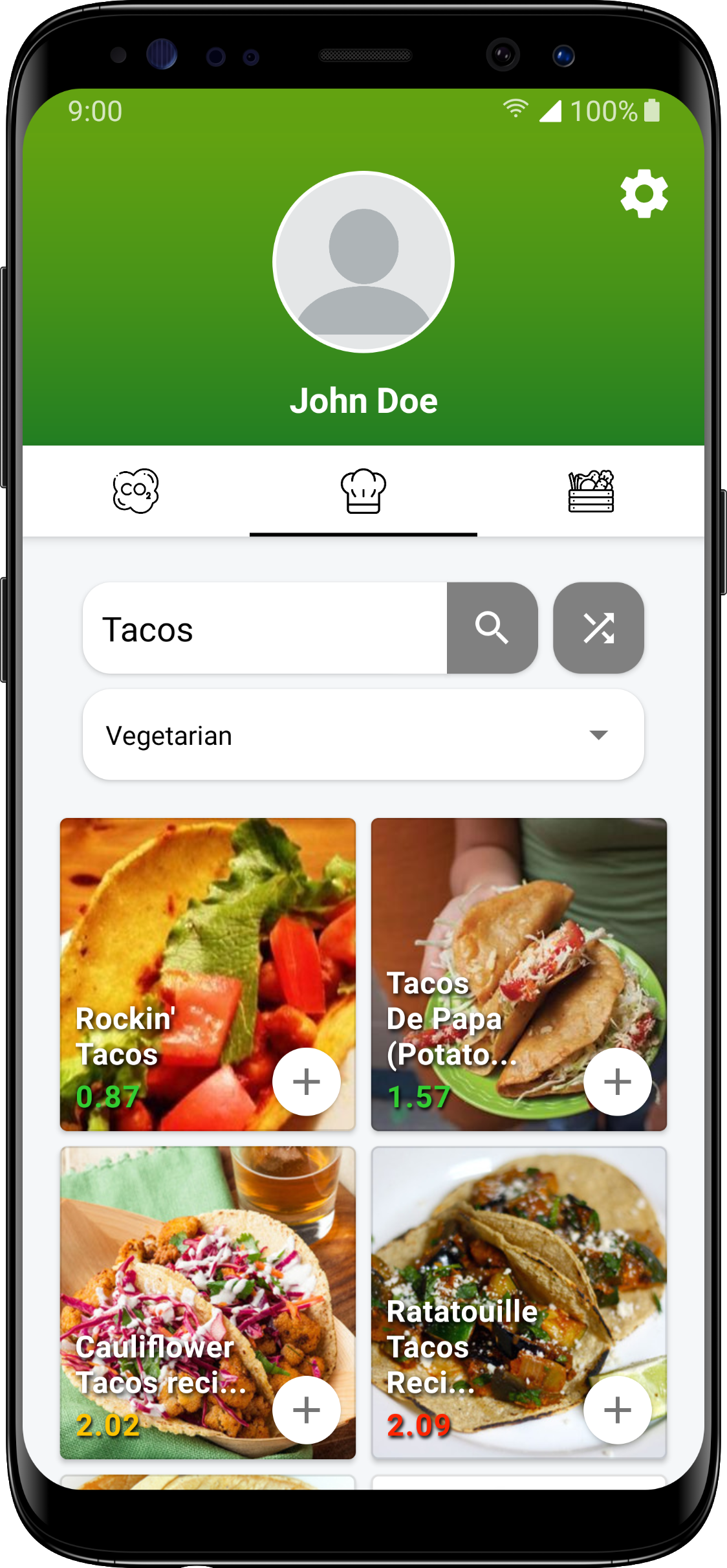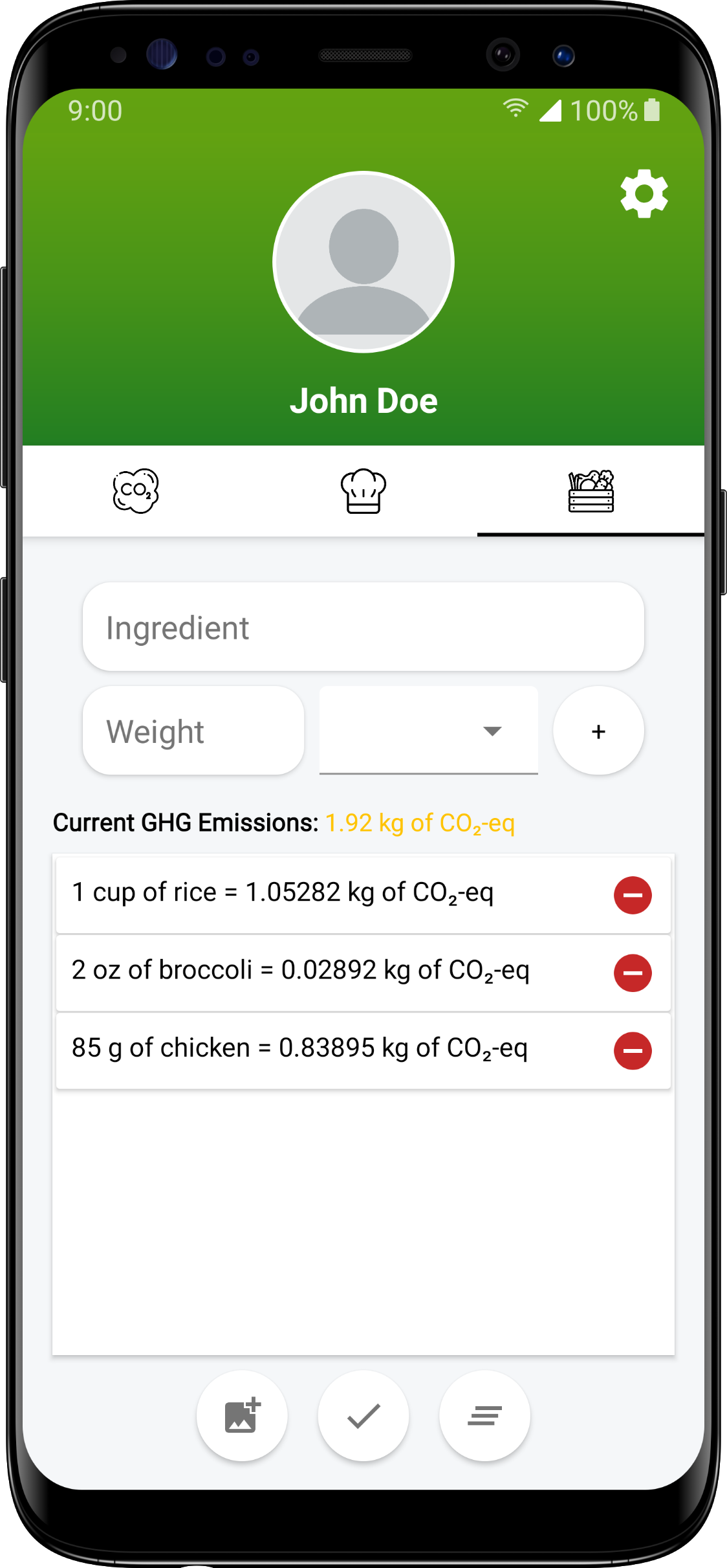When determining the different colors of the total amount of GHG emissions, we took
into account two factors:
- What does the global temperature need to be?
- What does the global average annual carbon footprint per person need to be
to achieve the desired global temperature?
According to a
special report by the
IPCC
(Intergovernmental Panel on Climate Change), the global temperature
needs to be below 1.5 °C to avoid a climate disaster that could worsen
hunger, conflict, and drought worldwide. This would require CO
2
emissions to decline by about 45% from 2010 levels by 2030 and reach net zero
around 2050.
We decided to assume on average that 30% of an individual's carbon footprint is
food based on the percentage of food emissions that accounts for a household's
carbon footprint and the percentage of food emissions that accounts for the
global greenhouse gas emissions.
Keeping in mind what the global average annual carbon footprint per person needs
to be to reach the 1.5 °C target, the global average annual food
carbon footprint per person needs to be 0.75 tonnes of CO2 equivalent
in 2030, 0.42 by 2040, and 0.21 by 2050.
With only a few years left until 2030, we are focusing on trying to help our
users maintain a food carbon footprint of 0.75 tonnes per year.
This is how we evaluate the total GHG emissions to determine what color they
should be:
- Green:
- Current Today emissions are below 1.85 kg of CO2
equivalent
- Current This Week emissions are below 12.95 kg of
CO2 equivalent
- Current This Month emissions are below 55.50 kg of
CO2 equivalent
- Current This Year emissions are below 675 kg of
CO2 equivalent
- Yellow:
- Current Today emissions are above 1.85, but below 2.05 kg
of CO2 equivalent
- Current This Week emissions are above 12.95, but below
14.35 kg of CO2 equivalent
- Current This Month emissions are above 55.50, but below
61.50 kg of CO2 equivalent
- Current This Year emissions are above 675, but below 750 kg
of CO2 equivalent
- Red:
- Current Today emissions are above 2.05 kg of CO2
equivalent
- Current This Week emissions are above 14.35 kg of
CO2 equivalent
- Current This Month emissions are above 61.50 kg of
CO2 equivalent
- Current This Year emissions are above 750 kg of
CO2 equivalent
To summarize, if the GHG emissions are
green, you are well on track to keeping your
food carbon footprint below 0.75 tonnes per year.
Yellow can be seen as a warning sign. You are
still on track to keeping your food carbon footprint below 0.75 tonnes per year,
but you are getting close to going over our yearly target for food emissions.
Red is to show you that your food carbon
footprint will be (or already is) above 0.75 tonnes per year
if you
continue to consume foods where the GHG emissions are colored red.
For determining the color of the total amount of GHG emissions for recipes and
for when the user is calculating their GHG emissions by entering their
ingredients, we follow the range of numbers given for Today emissions.
So, GHG emissions below 1.85 kg of CO2 equivalent are colored green,
emissions above 1.85 but below 2.05 are yellow, and emissions above 2.05 are
red.


